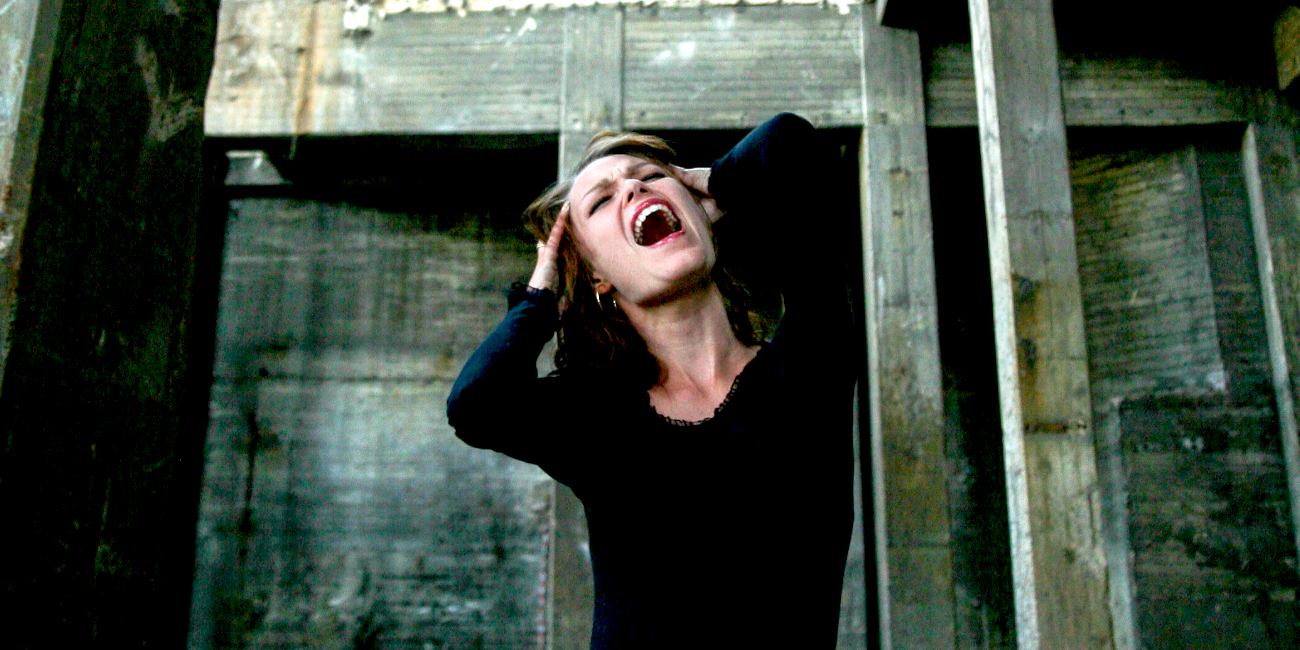When Behavior Crosses the Line: Exploring Unspecified Conduct Disorders
When Behavior Crosses the Line: Exploring Unspecified Conduct Disorders
Explore the enigmatic world of behavioral disorders in our latest piece, shedding light on the often misunderstood realm of unspecified conduct and impulse-control challenges.
The DSM-5-TR category of Unspecified Disruptive, Impulse-Control, and Conduct Disorders encompasses a range of disorders characterized by difficulty in the self-control of emotions and behaviors that violate the rights of others and bring an individual into significant conflict with societal norms or authority figures. When a clinician encounters a case with disruptive behavioral patterns that do not meet the full criteria for a specific disorder within this category, or when there is insufficient information to make a more precise diagnosis, the unspecified category is used.
Specific disorders that fall under this broader category include Oppositional Defiant Disorder, characterized by a recurrent pattern of negativistic, defiant, disobedient, and hostile behavior toward authority figures; Intermittent Explosive Disorder, which involves repeated sudden episodes of impulsive, aggressive, violent behavior or angry verbal outbursts; and Conduct Disorder, marked by a repetitive and persistent pattern of behavior that violates the rights of others or major age-appropriate societal norms or rules.
The "unspecified" designation can be critical when a clinician observes symptoms that cause impairment in social, educational, or other important areas of functioning but cannot yet attribute these to a specific disorder. This could be due to limitations in the assessment process, such as a lack of time or resources, or because the individual's symptoms do not yet fully meet the diagnostic threshold of a specific condition. The unspecified diagnosis thus serves as a tool to ensure that individuals receive timely and appropriate care while safeguarding against the over- or misdiagnosis of more specific disorders.
This category may also include instances where an individual's symptoms span multiple disruptive, impulse-control, and conduct disorders, making a singular diagnosis challenging. Specifiers, such as "with limited prosocial emotions," may provide additional detail on features that are present and require attention, even when the overall diagnostic picture is unclear.
In practice, utilizing an unspecified diagnosis necessitates a careful and ongoing assessment. Clinicians are encouraged to refine the diagnosis as additional information becomes available, either specifying one of the disorders within the category or determining that the symptoms do not represent a disorder in this category.
Diagnosing disorders from the Disruptive, Impulse-Control, and Conduct Disorders categories, including Unspecified Disruptive, Impulse-Control, and Conduct Disorders, can indeed be complex. Clinicians follow a multi-step approach to ensure accuracy and comprehensiveness:
- Clinical Interviews: Detailed discussions with the individual and, if appropriate, their family members or guardians are conducted to gather comprehensive information about symptoms, behavior patterns, and the history of these behaviors.
- Observations: Behavioral observations, either in the clinical setting or reports from settings like schools or home, provide valuable insights into the individual's interactions and responses to various situations.
- Psychological Testing: Standardized tests and questionnaires can assess various aspects of the individual's functioning, including impulse control, aggression, compliance, and emotional regulation.
- Rule-Out Process: Clinicians must rule out other mental health disorders that might better account for the symptoms. They also evaluate whether the behaviors are exclusively occurring during a psychotic or mood disorder, which would require a different diagnosis.
- Consideration of Developmental Stage: It's essential to consider the age and developmental level of the individual since certain behaviors might be typical for specific ages and not indicative of a disorder.
- Review of Criteria: The DSM-5-TR outlines specific criteria for each disorder in this category. Clinicians compare the individual's symptoms with these criteria to see if they meet the requirements for a particular disorder.
- Assessing the Impact: A vital aspect of the diagnosis is assessing the extent to which the symptoms negatively impact the individual's social, educational, occupational, or other important areas of functioning.
- Medical Evaluation: To rule out any physical health issues that could be influencing behavior, a medical evaluation may be necessary.
- Cultural and Environmental Considerations: Clinicians must consider the individual's cultural, familial, and environmental background, as behaviors can be influenced by these factors and may not necessarily indicate a disorder.
- Utilizing Specifiers: When a specific diagnosis cannot be made, specifiers can be used to describe the predominant features of the presentation, which can guide treatment planning.
- Collaboration with Other Professionals: Clinicians often collaborate with educators, pediatricians, and other mental health professionals to gather additional perspectives and information.
Through this comprehensive evaluation, a clinician may determine that the symptoms presented do not fully align with one specific disorder within the Disruptive, Impulse-Control, and Conduct Disorders category. In such cases, they may use the unspecified diagnosis, which acknowledges the presence of clinically significant symptoms and the need for intervention without committing to a more specific label until more information is available.
The process is iterative and may require an ongoing assessment to arrive at a more definitive diagnosis as symptoms evolve and additional information becomes available.





